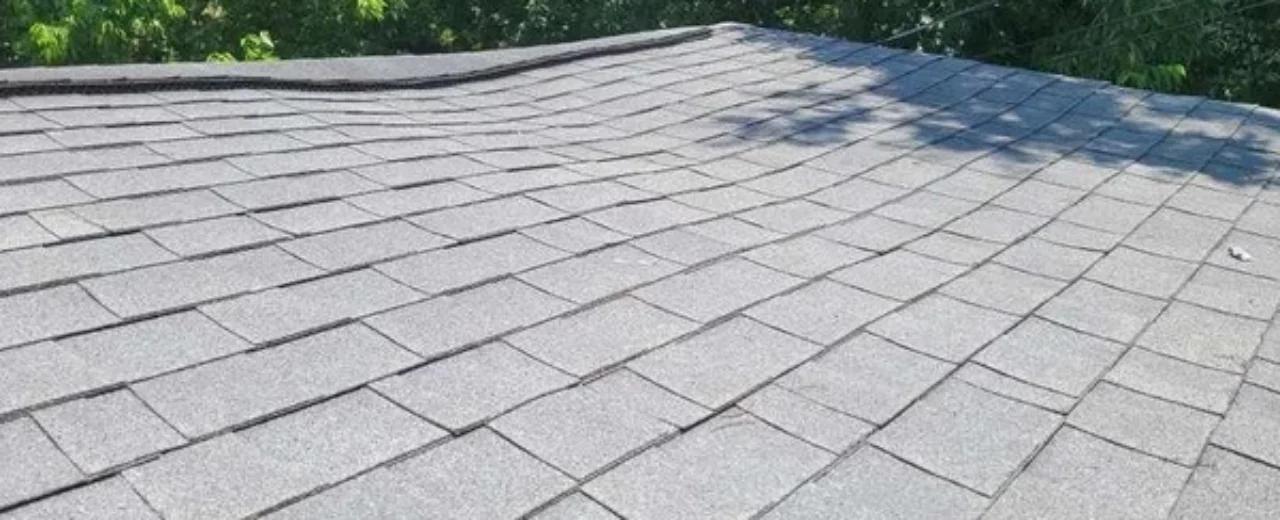5 Signs Your Roof Ventilation Isn’t Working Properly
Proper roof ventilation is essential to the health of your home. It helps regulate temperature, manage moisture, and extend the lifespan of your roofing system. When ventilation isn’t working as it should, it can lead to a host of problems—from higher energy bills to premature roof failure. Here are five telltale signs that your roof ventilation system may need attention:
1. High Energy Bills
If you’ve noticed a spike in your heating or cooling costs, poor ventilation could be the culprit. In the summer, inadequate ventilation traps hot air in your attic, making your air conditioner work harder to keep your home cool. In the winter, trapped warm air can cause snow on your roof to melt unevenly, which then refreezes and creates ice dams. This inefficiency drives up your utility bills year-round.
2. Mold and Mildew in the Attic
A healthy attic should be dry and free of any musty odors. If you see mold or mildew forming on rafters, insulation, or stored items, it’s a red flag that your attic isn’t venting moisture properly. Moisture buildup in your attic is usually caused by warm, humid air from your living space rising and getting trapped. Over time, this can lead to wood rot, structural damage, and serious health concerns.
3. Ice Dams in Winter
Ice dams form when warm air from a poorly ventilated attic melts snow on the roof, which then refreezes near the eaves. These dams can force water back under your shingles and into your home, causing leaks and water damage. If you consistently see large icicles or ice buildup along the edge of your roof, it’s a strong indicator that your attic isn’t ventilating correctly.
4. Roof Shingles Aging Prematurely
Take a look at your roof—are your shingles curling, buckling, or showing signs of early wear? Poor ventilation can cause excess heat buildup in the attic, which essentially bakes your roofing materials from underneath. This not only shortens the lifespan of your shingles but can void manufacturer warranties as well. A roof that’s prematurely deteriorating is often a ventilation issue in disguise.
5. Rust or Corrosion on Metal Components
When an attic retains too much moisture, metal elements such as nails, flashing, and vent pipes can begin to rust. If you’re inspecting your attic and see rusted fasteners or discolored metal, it’s a warning sign that humidity is not being properly vented out. This corrosion can lead to further structural issues and indicates a need for improved airflow.
Final Thoughts
Roof ventilation is often out of sight and out of mind—until it causes problems that are impossible to ignore. If you’re experiencing any of these signs, it’s time to have your roof and attic inspected by a professional. Addressing ventilation issues early can save you thousands in repairs, protect your home’s structure, and improve your comfort and energy efficiency year-round.


